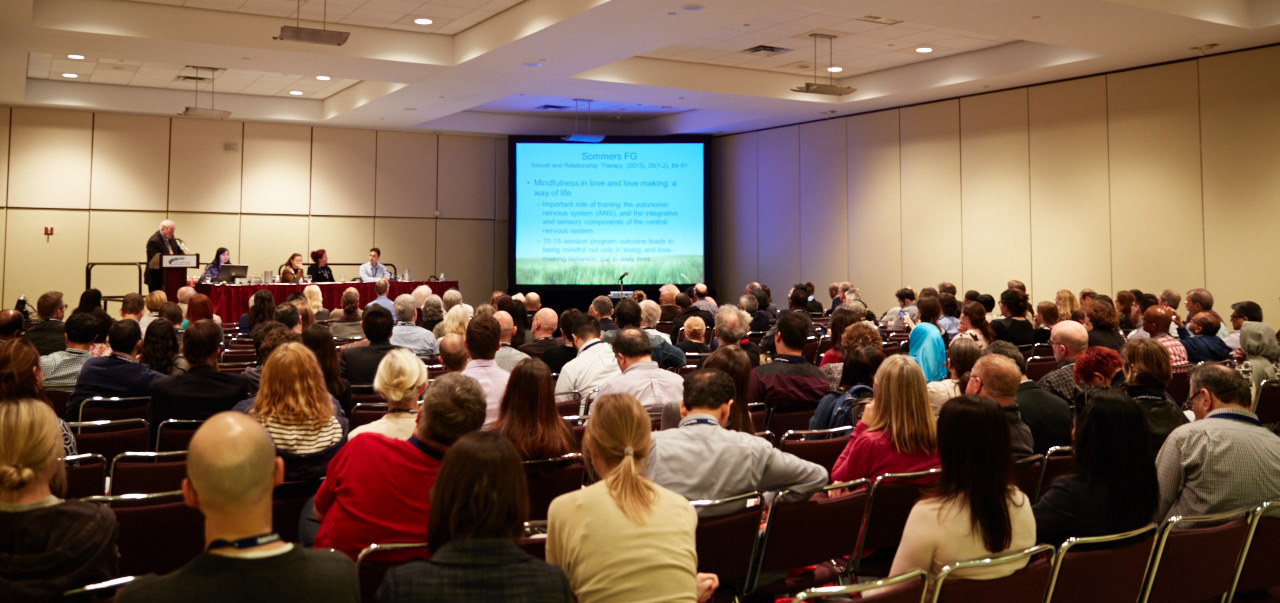
What can we learn from top medical stories?
For several years at APA congresses, Monique Yohanan, an expert on care guidelines, has had the unique task of telling psychiatrists about developments in other areas of medicine that they should be aware of. And there was great interest in what she had to say.
News about the news
For a start, top medical stories – assessed using a range of sources including Pubmed and Reuters Health -- tended not to involve psychiatry. It is perhaps worth noting that fact, even though we might wish it to be otherwise.
Secondly, impact in the news media did not necessarily relate to likely impact on clinical practice in the countries in which most of us work. But perhaps this is no surprise. The Ebola outbreak is an example of a story that had massive coverage but (as it happened) few practical implications for most APA delegates.
Thirdly, and again this is probably no surprise, the top stories are not necessarily those with the best evidence. Most Americans get their medical news not from the New England Journal, the Lancet or JAMA but from TV talk shows such as Dr Oz, where anything worth mentioning is already a miracle pill. And when the BMJ’s 2014 Christmas edition reported on the substance behind Dr Oz’s stories, it turned out that roughly half of them were based on no detectable evidence at all. Perhaps by definition, miracles don’t require evidence.
But academic institutions themselves are not so saintly: analysis of press releases from twenty UK universities shows that they too exaggerate the significance of their research. For example, they frequently imply causality when the original research makes no such claim. And they extrapolate freely from results in animals to implications for patients when no such leap of faith is justified.
Top of the Pops
The basic approach of reflective learning (as developed by Gary Rolfe, of Swansea University, UK) can be applied when judging the importance of medical stories. Ask three questions: What?, So What?, and Now what?
Based on these criteria, the following stories were among those picked out by Dr Yohanan.
· It’s new, it doesn’t yet have a catchy name, but it is likely to be very, very big. Number one in potential importance was the New England Journal report showing that the heart failure drug LCZ696 substantially reduced the risk of cardiovascular death and all-cause mortality. The drug is an Angiotensin Receptor Neprilysin Inhibitor. And we’d better get used to the new acronym ARNI.
· It was not a good year for aspirin. Although its role in treatment is assured, a large Japanese study of primary prevention found that aspirin did not decrease cardiovascular event rate. Despite the fact that patients enrolled had multiple risk factors, it turned out that the five year cumulative event rate was only 3% in both aspirin and non-aspirin arms. Dr Yohanan believes that around 12% of patients on aspirin are being prescribed the drug inappropriately. Which just goes to show that once we get an idea, we hate to give it up.
· The eighth Joint National Committee (JNC) guidelines loosened targets for the control of relatively mild hypertension. Instead of aiming for a BP of 130/80, as in JNC7, a target of 140/90 is now judged appropriate for most people. Having said that, many cardiologists have not endorsed JNC8. And we should probably be tailoring therapy not just to BP but to overall cardiovascular risk.
· Gluttony in the time of statins. The same argument for risk stratification applies in the case of hyperlipidaemia. According to the ACC and AHA, almost 80% of people aged 60-75 years should be on statins for primary prevention, because age trumps all other factors. But the standard algorithms probably overstate real risk. And prescribing statins can itself have an adverse impact on behaviour, increasing consumption of calories and fat relative to those not prescribed the drugs. Induction of diabetes is also a real risk.
· All of which goes to support Dr Yohanan’s view (and it is somewhat controversial) that creating new classes of patient – as with mild hypertension, mild hypercholesterolaemia and prediabetes – is not necessarily a good idea. And it goes to support Muir Gray’s view that all screening does harm, and that only some screening does more good than harm.
Our correspondent’s highlights from the symposium are meant as a fair representation of the scientific content presented.


